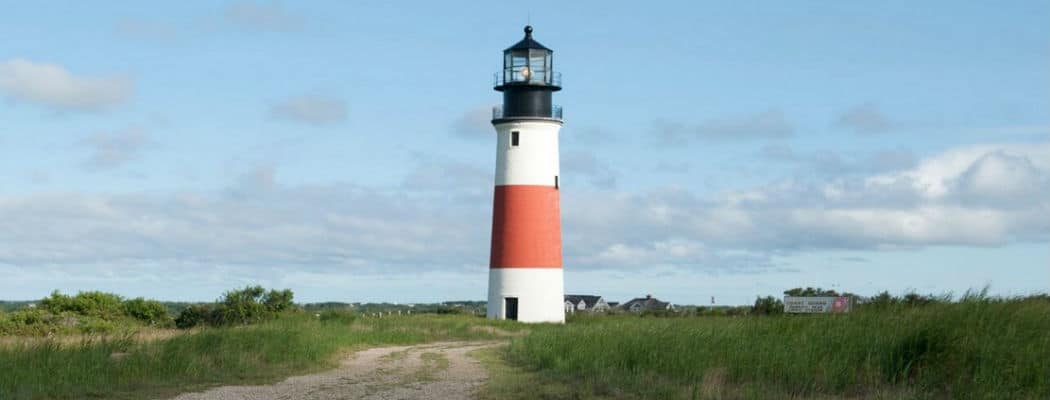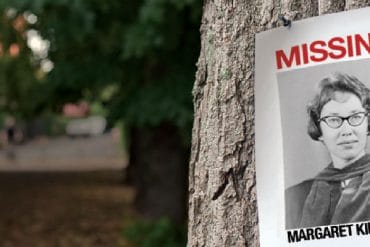What makes Nantucket’s lighthouses really shine?
 At the end of this month, best-selling author Eric Jay Dolin will be appearing at the Nantucket Whaling Museum to treat audiences to an enlightening learning experience. Adding to his award-winning historical titles, Dolin is the author of Brilliant Beacons: A History of the American Lighthouse, which debuted earlier this spring. “I literally had no idea how important lighthouses were to American history and how many threads of the American experience could be woven into this book,” Dolin said. “Far from being just a story about lighthouses, it was a story about colonial commerce, nation building, war, technological innovation, engineering feats, disasters, storms, tragedy, personal sacrifice and inspiring determination, as well as poetry, art, and hope.” As a preview to his presentation, N Magazine caught up with Dolin to see what keeps our own lighthouses shining.
At the end of this month, best-selling author Eric Jay Dolin will be appearing at the Nantucket Whaling Museum to treat audiences to an enlightening learning experience. Adding to his award-winning historical titles, Dolin is the author of Brilliant Beacons: A History of the American Lighthouse, which debuted earlier this spring. “I literally had no idea how important lighthouses were to American history and how many threads of the American experience could be woven into this book,” Dolin said. “Far from being just a story about lighthouses, it was a story about colonial commerce, nation building, war, technological innovation, engineering feats, disasters, storms, tragedy, personal sacrifice and inspiring determination, as well as poetry, art, and hope.” As a preview to his presentation, N Magazine caught up with Dolin to see what keeps our own lighthouses shining.
N MAGAZINE: Nantucket is such a small landmass, why do we have three lighthouses? Seems like one would do the trick, no?
DOLIN: It might be a small island, but from the mid-1700s through the 1820s, Nantucket was a whaling powerhouse, with an extensive fleet of ships, which relied heavily on the lighthouses at Brant and Great Point to help them navigate the treacherous waters around the island. As for Sankaty Head Lighthouse, it was needed to warn mariners of the dangerous hazard known as Nantucket Shoals, an area which a 1843 Congressional Report referred to as a “fatal spot upon the coast of Massachusetts, where many a brave heart and many a gallant ship lie buried in one common grave.”
 N MAGAZINE: How do Nantucket’s lighthouses compare to others across the country?
N MAGAZINE: How do Nantucket’s lighthouses compare to others across the country?
DOLIN: There are nearly seven hundred lighthouses still standing, and each one is unique, if not by the manner of construction, then by the stories they can tell. Of the three, Brant Point is probably the most unusual. There are relatively few wooden lighthouses left, and it is the second shortest lighthouse in New England. There are other lighthouses that look like Sankaty, and are built similarly. As for Great Point Lighthouse, it is unique by virtue of being a modern replica of the tower that was built in 1818.
N MAGAZINE: The Whaling Museum has a Fresnel lens from 1849 in the lobby. Why is Fresnel an important innovator?
DOLIN: Fresnel lenses, or “glass beehives” as they are sometimes called, are among the most beautiful and important inventions of the nineteenth century. Frenchman Augustin-Jean Fresnel is one of the great geniuses of the nineteenth century. His lens was a quantum leap in lighthouse illumination, tremendously increasing the safety of maritime travel. In 1850, a second-order Fresnel lens was installed in the newly built Sankaty Head Lighthouse, making it only the second lighthouse in the nation to get a Fresnel lens. The newly-jeweled lighthouse earned the instant admiration of mariners, who took to calling it the “rocket light” and “blazing star.” Fishermen claimed to be able to bait their hooks by its gleam, and many said it was the best light they had ever seen. So much of a tourist attraction did the Fresnel lens become that in 1856, the entryway to the lantern room had to be widened so that women sporting
hoopskirts could climb up to see it.
 N MAGAZINE: Why do you think it’s important to preserve our lighthouses?
N MAGAZINE: Why do you think it’s important to preserve our lighthouses?
DOLIN: Lighthouses are integrally woven into the fabric and, in many cases, the very identity of the communities of which they are a part. And, therefore, they deserve to be preserved, remaining a vital connection to the past, as well as a bridge to the future. Nantucket has an illustrious history of preservation, and that is a big part of what makes it such a fascinating place.
N MAGAZINE: Why do we have such a fascination with lighthouses? What is the attraction to these icons?
DOLIN: First, they are beautiful, or, at least, quite unusual structures, typically located in some of the most scenic patches of real estate in the country. Second, they, and their keepers, have provided an incredibly valuable public service to the country, which causes us to view them in a very positive light. But, I think the most important reason why we are fascinated by these brilliant beacons is that each one of them has fascinating stories to tell, and it is the rich history that draws us in.






